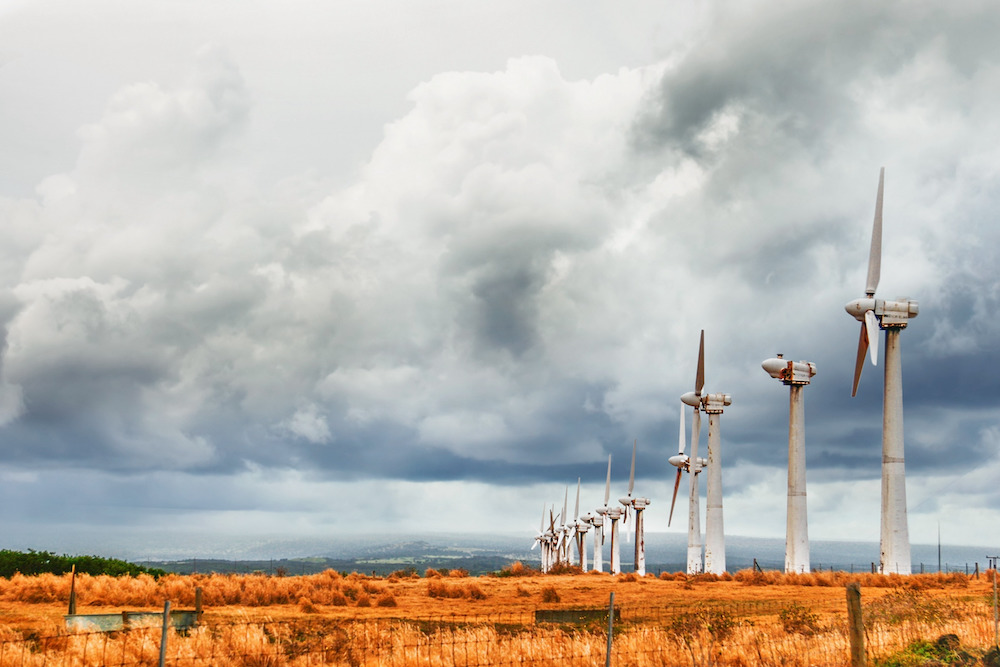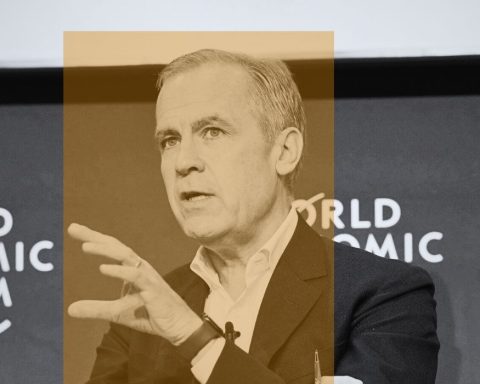High interest rates are trashing share prices for clean energy companies, a situation that is threatening to delay the transition to the low-carbon economy.
Rising rates are making it harder for this debt-heavy industry to meet its costs, causing many companies to trim profit forecasts, reduce dividends and pull back expansion plans, triggering a stock market selloff.
How long these climate-critical industries will remain in a slump is an open question, as central banks seem to be in no hurry to reduce interest rates. But one hopeful sign is that investors have shown strong interest in climate-related funds in 2023, a signal they are optimistic about the industry despite the recent carnage in share prices.
Central banks around the world launched a round of aggressive interest-rate increases in early 2022 after inflation started to rise sharply. At first, the hikes were not considered a major threat to the climate transition. But now, in its most recent energy outlook, the International Energy Agency (IEA) says rate hikes pose a significant challenge to the sector, even though it believes that use of oil, natural gas and coal will inevitably peak this decade, to be replaced by widespread electrification powered largely by renewable energy.
“Financing costs for clean energy projects have recently been driven up significantly by rising interest rates in markets around the world, in particular in emerging market and developing economies,” the IEA states in its most recent energy outlook, published October 24. It points out that high interest rates are pushing up costs for clean energy companies as well as consumers.
“Increases in financing costs have the biggest impact on large-scale projects involving capital intensive technologies such as offshore wind, grids or new nuclear power plants, but rising interest rates also affect consumers that rely on credit to finance an EV or the installation of a heat pump,” says the IEA. “The progress of electrification will depend on reducing the cost and improving the availability of capital.”
These costs now threaten the climate transition, according to economists Thomas Ferguson and Servaas Storm. “High interest rates de-incentivize investments in renewables, lock our economies more deeply into fossil-fuel dependence, slow down decarbonization and put us more strongly on the road to hothouse Earth,” they wrote in a commentary in The Guardian in May.
Solar and wind companies hit hard
Recently, prospects for the clean energy sector have appeared bleak.
Bloomberg estimates that green stocks globally have lost US$280 billion in value since they hit their peak of more than US$600 billion in August 2022.
The value of the MSCI Global Alternative Energy Index, a measure of the value of major solar, wind and other clean energy companies, has dropped by 41% (as of October 27) from the beginning of the year. Top listings in the index include wind turbine giant Vestas, large European renewable power company Ørsted, major Canadian renewable producer Northland Power and several global solar companies.
On October 20, solar stocks dropped dramatically after being under pressure for weeks. Solar equipment distributor SolarEdge dropped 26% after announcing “substantial unexpected cancellations and pushouts of existing backlog.” The announcement hit other solar stocks as well as Enphase Energy fell 12%, SunPower nearly 9% and Sunrun more than 3%.
Clean energy stocks are sensitive to high interest rates because they need heavy amounts of debt to finance expansion of their infrastructure, such as solar and wind farms. When rates go up, overall costs rise sharply just as energy utilities and other purchasers pressure these companies to keep electricity prices low.
Compared with the major oil and gas sector, which can increase fuel production by drilling existing reserves, clean energy companies must borrow heavily to grow. The indebtedness ratio for the clean energy sector is 3.8 times debt to 12-month earnings, almost four times higher than the 1.1 ratio for large oil and gas companies, according to a recent research post by Charles Schwab Corp. This is jeopardizing the ability of the sector to survive at a time when it should be continuing its recent rapid expansion, spurred on by higher oil and gas prices driven by the wars in Ukraine and Gaza, as well as government programs like the U.S. Inflation Reduction Act and the European Green Deal.
“Given all those trends, it would seem that alternative energy stocks should be thriving,” Charles Schwab says. “Instead, they are among the world’s worst performers this year.”
Climate and sustainability funds show strength, but not in the U.S.
Despite the slump in clean energy share prices, sustainable and climate funds are showing resilience with investors, according to recent reports from investment information provider Morningstar. Global assets of mutual funds and exchange traded funds (ETFs) with a climate-related mandate surged by 30% to US$534 billion between January 2022 and June 2023, Morningstar says.
The company notes that climate fund assets have grown at “a faster clip” than the larger sustainable fund market (although the numbers don’t include the impact of recent share-price declines). Sustainable funds are funds managed with an explicit environmental, social and governance (ESG) focus and include climate funds.
Assets of conventional mutual funds (without an explicit ESG focus) dropped 5% in the same period, and conventional ETFs were down 8%.
The number of climate funds globally has grown from fewer than 200 in 2018 to more than 1,400 currently, which has been a key driver of rising investor interest. Most are equity funds, but they also include 125 green bond funds, which are expected to attract growing interest. Recently, BlackRock Inc. announced a major new private debt fund to help meet the fast-rising debt needs of climate-transition companies.
Sustainable funds have also grown, according to Morningstar. In the third quarter of 2023, these funds attracted US$13.7 billion in net new investment, compared with the non-ESG mutual fund and ETF market, which had net redemptions of almost US$3 billion.
Growth hasn’t occurred everywhere, however. Europe, by far the largest sustainable fund market with 84% of total global assets, saw net inflows of US$15.3 billion in the third quarter, compared with net redemptions in the United States of US$2.7 billion. Interest in Europe is being driven by a flurry of new regulations to encourage the sustainable investment industry, while proposed new rules are stalled in the U.S., and many Republican lawmakers are publicly attacking ESG investing.
In Canada, sustainable funds experienced net withdrawals of US$52 million in the third quarter, but total assets declined by only 0.3%, half the rate of decline of conventional funds at 0.6%.
The share of the total investment market in Canada held by responsible investment grew last year, rising to 49% at the end of 2022 from 47% in 2021, according to a report released last week. (Responsible investment includes assets of sustainable funds plus conventional assets managed under informal ESG guidelines.)
The report by Canada’s Responsible Investment Association also showed that 93% of asset owners and managers surveyed track greenhouse gas emissions, the top-cited ESG investment factor.
“Sustainable funds should continue to gain ground as investor demand for strategies that align with their sustainability preferences continues to grow,” Morningstar says.
The climate transition is at the top of the list for these sustainability preferences, and investors appear to be ready and willing to commit capital when conditions improve for the industry.
(Disclosure: the author has investment holdings in a number of renewable energy stocks, including Northland Power, cited in this article.)
Eugene Ellmen is a former executive director of the Canadian Social Investment Organization (now Responsible Investment Association). He writes on sustainable business and finance.







